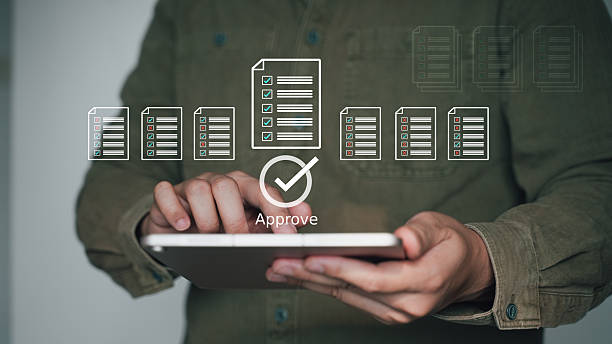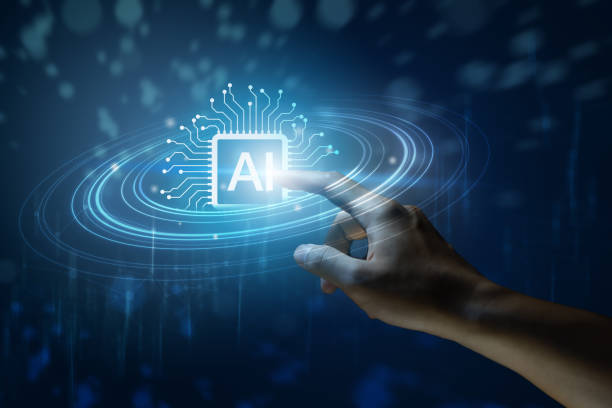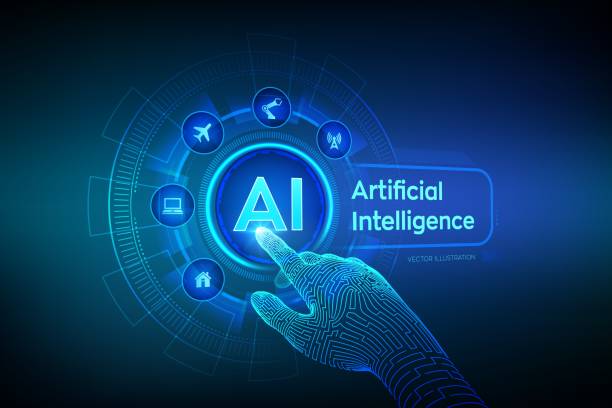What is internal SEO and why is it important?
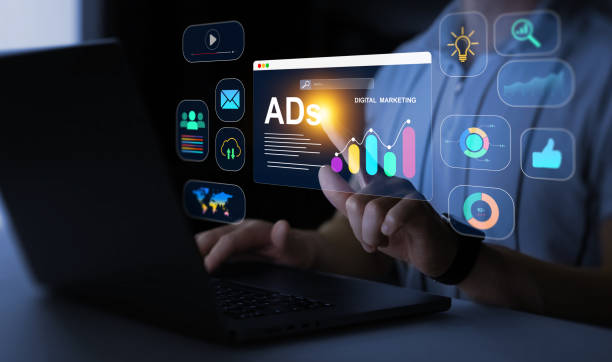
What is On-Page SEO and Why is it Important?
On-Page SEO, also known as #on_page_seo, is a set of techniques and actions performed directly within a website to optimize it for search engines like Google and Bing. The main goal of on-page SEO is to improve the website’s ranking in search results and attract more organic traffic. On-page SEO is a fundamental and important pillar in website optimization and helps our website achieve a good ranking in search results. On-page SEO is closely related to off-page SEO, and both are essential for the success of an SEO strategy. A website optimized with on-page SEO helps search engines better understand the site’s content and display it to the right users. This, in turn, leads to increased organic traffic, improved conversion rates, and enhanced website credibility. In fact, on-page SEO helps you make your website more accessible to users looking for your products or services. By using on-page SEO, you can turn your website into a reputable and valuable resource in your field of activity.
Does your current website build the trust that potential customers should have in your business? If the answer is no, it’s time to have a professional and impactful corporate website with Rasavweb.
✅ Fully customized design tailored to your brand identity
✅ Increased lead generation and business credibility in the eyes of customers⚡ Contact us for a free consultation!
Keyword Research – The Cornerstone of On-Page SEO

Keyword Research – The Cornerstone of On-Page SEO
Keyword research is the first and most important step in an on-page SEO strategy. This process involves identifying the words and phrases that users employ to search for information, products, or services related to your business on search engines. Choosing appropriate keywords helps you optimize your website content based on the needs and interests of your target audience. Keyword research helps you understand your users’ tastes and needs, allowing you to produce content that aligns with their demands. To perform keyword research, you can use various tools such as Google Keyword Planner, Ahrefs, and SEMrush. These tools provide you with information on search volume, competition level, and related keywords. After identifying suitable keywords, you should strategically use them in various elements of your website, such as page titles, meta descriptions, main content text, and image alt tags. Remember that excessive use of keywords (Keyword Stuffing) can harm your website’s ranking. Therefore, always strive to use keywords naturally and relevantly within your content.
Optimizing Titles and Meta Descriptions
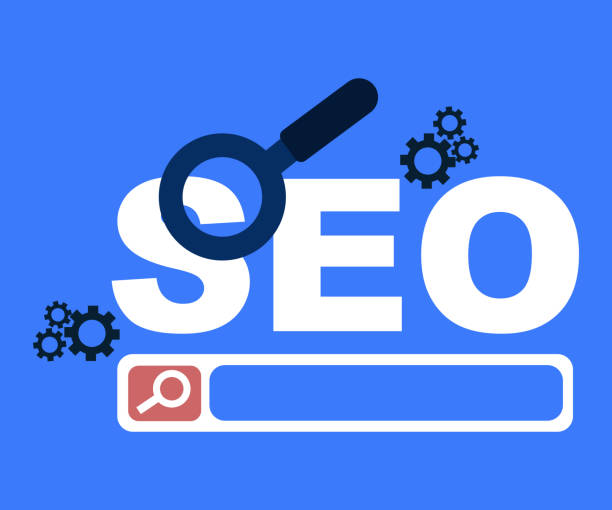
Optimizing Titles and Meta Descriptions
Title tags and meta descriptions are two important elements in on-page SEO that are displayed in search results. The page title is a concise and engaging description of the page’s content, helping users and search engines understand the page’s topic. The meta description is a short summary of the page’s content that encourages users to click on your website’s link. To optimize titles and meta descriptions, you should use relevant keywords and write them in an appealing and persuasive manner. The length of the page title should be between 50 to 60 characters, and the length of the meta description should be between 150 to 160 characters. These limitations exist because search engines display only a limited number of characters in search results. Ensure that your title and meta description are unique and relevant to the page’s content. Avoid copying titles and meta descriptions from other pages on your website. Also, try to use phrases like “buy online”, “special discount”, and “free shipping” in your meta descriptions to entice users to click on your website’s link.
| Element | Description | Best Practice |
|---|---|---|
| Page Title | Brief description of page content | Includes keyword, engaging and unique |
| Meta Description | Short summary of page content | Includes keyword, persuasive and call to action |
Content Optimization – The King of SEO

Content Optimization – The King of SEO
Content is the most important factor in on-page SEO. High-quality, engaging, and relevant content not only keeps users on your website but also helps search engines better understand your website’s topic. To optimize your content, you should use keywords naturally and relevantly, regularly update your content, and use engaging images and videos. Try to write your content for your target audience and answer their needs and questions. Use compelling headings and subheadings to make your content more understandable for readers. Also, try to use internal and external links to connect your content with other website pages and reputable sources. Internal links help search engines better understand your website’s structure, and external links help increase your website’s credibility. Creating high-quality and valuable content is a long-term investment in SEO that can significantly increase your organic traffic and website credibility. Always strive to produce content that is useful and engaging for users, encouraging them to return to your website.
Click here to learn more about content creation
Did you know that 94% of a first impression of a company is related to its website design?
Rasavweb helps you create the best first impression by offering professional corporate website design services.
✅ Creating a professional and trustworthy image for your brand
✅ Easier attraction of potential customers and improvement of online standing
⚡ Get free corporate website design consultation
Image Optimization – A Vital Role in SEO
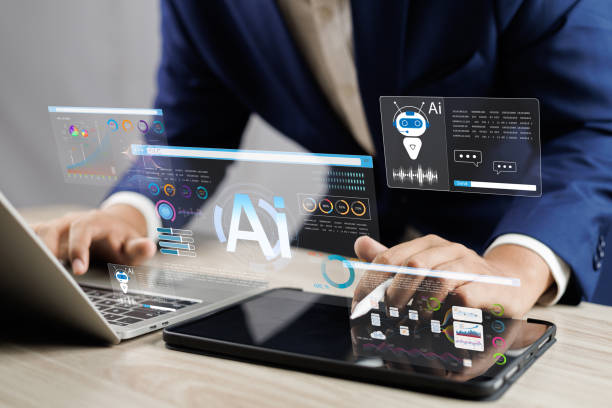
Image Optimization – A Vital Role in SEO
Images play an important role in the attractiveness and improvement of your website’s user experience. However, unoptimized images can slow down your website’s loading speed and harm your on-page SEO. To optimize images, you should use appropriate formats like JPEG and PNG, reduce image file sizes, and use ALT tags to describe the images. ALT tags help search engines understand the content of images and display them in search results. When naming images, use relevant keywords. For example, instead of naming an image “IMG_1234.jpg”, rename it to “men_sports_shoes_purchase.jpg”. Also, try to use high-quality images that have good resolution and detail. Using poor-quality and low-resolution images can harm your website’s credibility. Image optimization is a simple yet effective action that can help improve your website’s loading speed, user experience, and on-page SEO ranking.
URL Optimization – SEO-Friendly Addresses
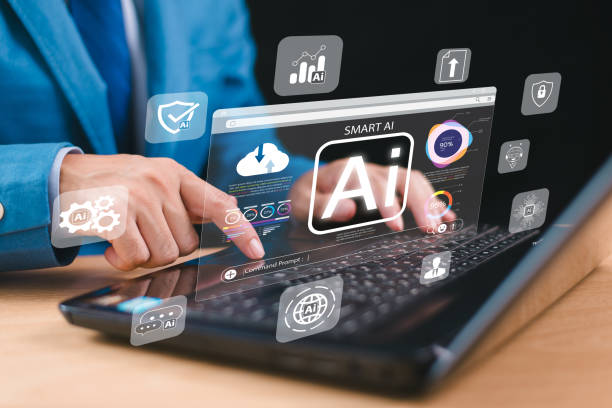
URL Optimization – SEO-Friendly Addresses
Your website’s URLs play an important role in on-page SEO. Optimized URLs help search engines and users understand the page’s topic. To optimize URLs, you should use relevant keywords, keep URLs short and readable, and avoid using special characters and numbers. For example, instead of using the URL “www.example.com/page?id=123”, use the URL “www.example.com/buy-sport-shoes”. Static URLs help search engines crawl and index your site faster and better. Try to logically organize your website’s URLs and use a tree structure to categorize pages. Using logical and organized URLs helps users easily navigate your website and access their desired content. URL optimization is a simple yet effective action that can help improve your on-page SEO ranking.
Internal Linking – Creating a Network of Connections
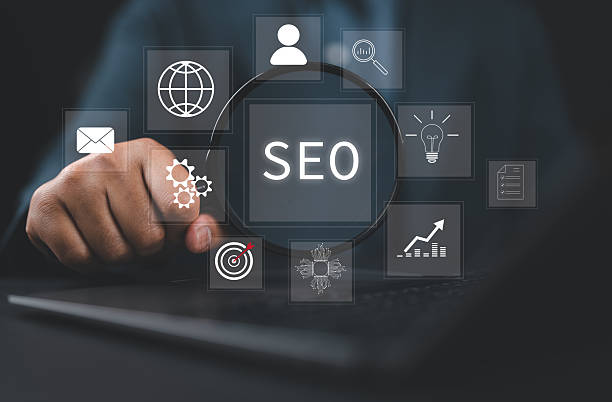
Internal Linking – Creating a Network of Connections
Internal linking is the process of creating links between different pages of your website. Internal links help search engines better understand your website’s structure and help users easily navigate your website. Internal links help search engines identify page authority. To create effective internal links, you should use appropriate anchor text and direct links to relevant and valuable pages. Anchor text is the text that users click on to be redirected to another page. Try to use descriptive anchor text relevant to the content of the destination page. For example, instead of using the anchor text “Click here”, use “Sports Shoe Buying Guide”. Using internal links helps improve user experience, increases user dwell time on the website, and improves your on-page SEO ranking.
| Link Type | Description | Benefits |
|---|---|---|
| Internal Link | Link between different pages of a website | Improved site structure, increased SEO ranking |
| External Link | Link to other websites | Increased site credibility, improved SEO ranking |
Website Loading Speed – A Pleasant Experience for Users
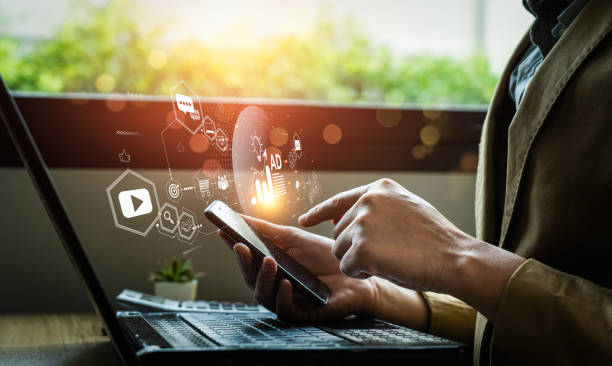
Website Loading Speed – A Pleasant Experience for Users
Website loading speed is an important factor in user experience and on-page SEO. Websites that load quickly keep users satisfied and reduce the bounce rate. Bounce rate is the percentage of users who leave your website after viewing one page, without visiting other pages. To improve website loading speed, you should use optimized images, reduce the size of CSS and JavaScript files, use caching, and utilize a high-quality hosting service. You can test your website’s loading speed and get improvement solutions using tools like Google PageSpeed Insights. Improving website loading speed is a valuable investment in on-page SEO that can significantly increase organic traffic, conversion rates, and user satisfaction.
Use this tool to test your site’s loading speed.
On-page SEO is a necessity.
Are you dissatisfied with the low conversion rate of visitors to customers on your e-commerce site?
Solve this problem forever with professional e-commerce website design by Rasavweb!
✅ Increase visitor-to-customer conversion rate
✅ Create an excellent user experience and build customer trust
⚡ Get a free consultation
Responsive Design – A Website for All Devices

Responsive Design – A Website for All Devices
Responsive Design is a website design approach that allows your website to automatically adapt to the screen size of various devices such as smartphones, tablets, and desktop computers. Responsive design is an important factor in user experience and on-page SEO. Websites that are responsive are optimized for mobile and tablet users and provide a better user experience. Google considers responsive design as a ranking factor. Therefore, if you want to improve your website’s ranking in search results, you should design your website to be responsive. To check your website’s responsiveness, you can use Google’s Mobile-Friendly Test tool.
Mobile-Friendly Test is one of Google’s tests to determine if your website is compatible with mobile devices.
On-page SEO considers this issue important.
XML Sitemap – A Guide for Search Engines
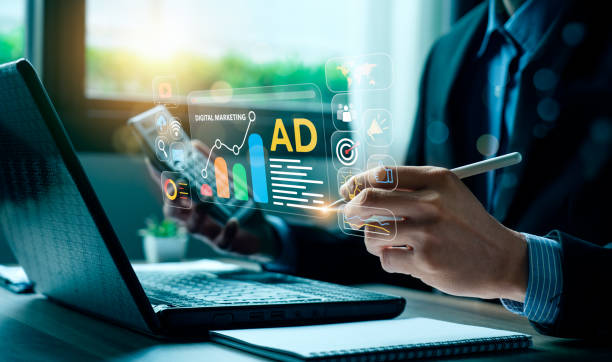
XML Sitemap – A Guide for Search Engines
An XML Sitemap is a text file that contains a list of all the pages on your website. An XML sitemap helps search engines find and index all pages of your website. Creating and submitting an XML sitemap to Google is an important action in on-page SEO. To create an XML sitemap, you can use various tools such as XML-Sitemaps.com. After creating the XML sitemap, you must submit it to Google Search Console. Registering the XML sitemap with Google helps Google regularly review your website and be aware of its latest changes. Creating an XML sitemap and registering it with Google is a simple but effective action that can help improve your website’s indexing in search engines.
Click here to create a sitemap.
On-page SEO improves your site’s ranking.
Frequently Asked Questions
| No. | Question | Answer |
|---|---|---|
| 1 | What is On-Page SEO? | On-Page SEO refers to a set of actions performed within a website to optimize its pages to achieve a better ranking in search results. |
| 2 | What is the most important factor in On-Page SEO? | High-quality, relevant, and comprehensive content that addresses user needs is the most important factor in On-Page SEO. |
| 3 | What role does the Title Tag play in On-Page SEO? | The title tag is one of the most important factors that tells search engines and users what the page content is about. It should include the main keyword and be engaging. |
| 4 | How important is the Meta Description tag? | Although it does not directly affect ranking, it is very effective on the click-through rate (CTR) in search results and encourages users to visit the page. |
| 5 | How is image optimization done in On-Page SEO? | By using appropriate alt tags, compressing image size to increase loading speed, and meaningfully naming the image file. |
| 6 | What is the importance of using headings (H1, H2, H3) in On-Page SEO? | Headings help structure content, increase readability, and assist search engines in understanding the hierarchy and subtopics of the content. |
| 7 | What does internal linking mean and what are its benefits? | Internal linking means creating links between different pages of a website. This helps distribute authority, improve user navigation, and assist search engine crawling. |
| 8 | Where should the main keyword (Focus Keyword) be placed on the page? | The main keyword should be placed in the title tag, meta description, H1, first paragraph, and naturally throughout the text, and if possible, in the URL. |
| 9 | What effect does copied or duplicate content have on On-Page SEO? | Duplicate content can harm a site’s ranking and confuse search engines as to which version is original, potentially leading them to flag it as spam. |
| 10 | How important is page loading speed in On-Page SEO? | Page loading speed is an important ranking factor and directly affects user experience. Slow pages lead to an increase in user bounce rate. |
And other services of Rasavweb Advertising Agency in the field of advertising
- Smart Conversion Rate Optimization: A creative platform to improve click-through rate using real data.
- Smart Digital Advertising: A novel service to increase customer acquisition through the use of real data.
- Smart Direct Marketing: An effective tool for analyzing customer behavior with the help of intelligent data analysis.
- Smart Social Media: A novel service to enhance customer behavior analysis through intelligent data analysis.
- Smart Link Building: A professional solution for digital branding with a focus on precise audience targeting.
And over hundreds of other services in the field of internet advertising, advertising consulting, and organizational solutions
Internet Advertising | Advertising Strategy | Advertorial
Resources
Website Internal SEO GuideWhat is On-Page SEO?On-Page SEOWhat is On-Page SEO?
For sustainable growth of your business in the digital world, Rasavweb Afarin Digital Marketing Agency, with its comprehensive services ranging from secure website design and search engine optimization to targeted advertising campaigns, is always by your side. With Rasavweb Afarin, experience a powerful online presence and success.
📍 Tehran, Mirdamad Street, next to Bank Markazi, Southern Kazeroon Alley, Ramin Alley, No. 6

